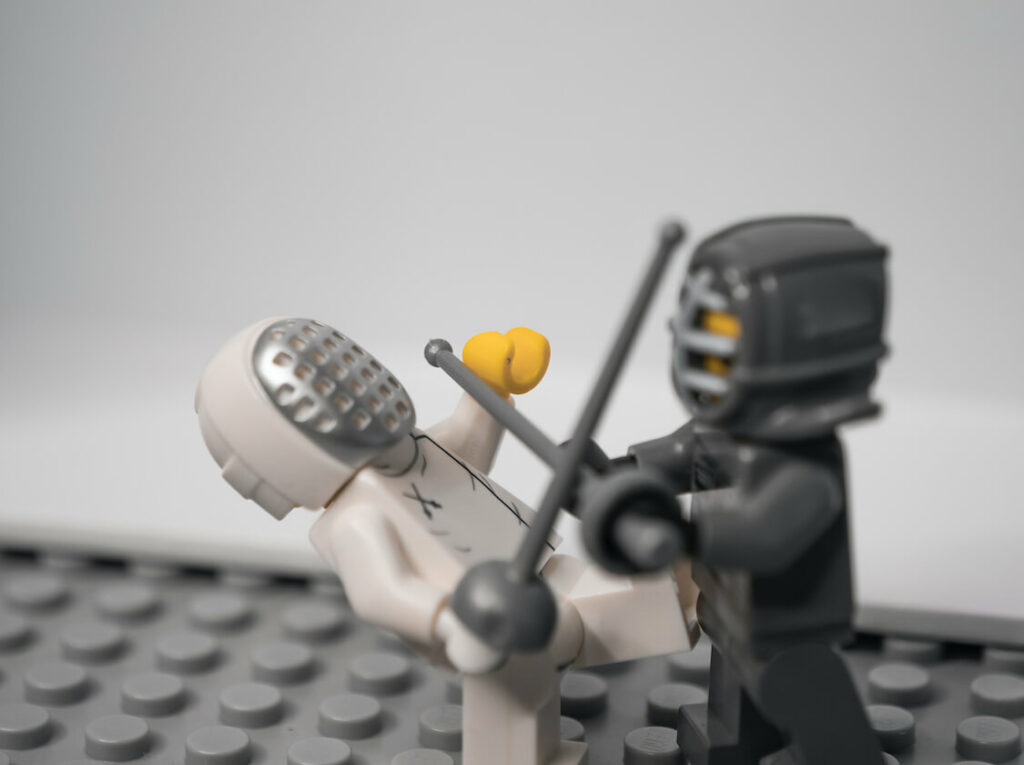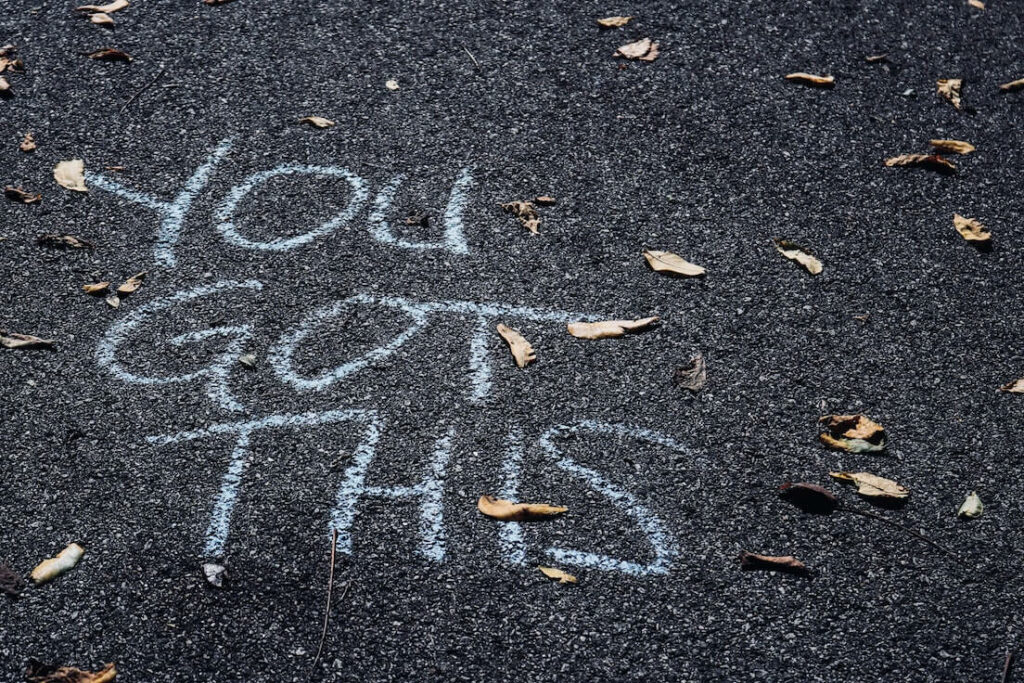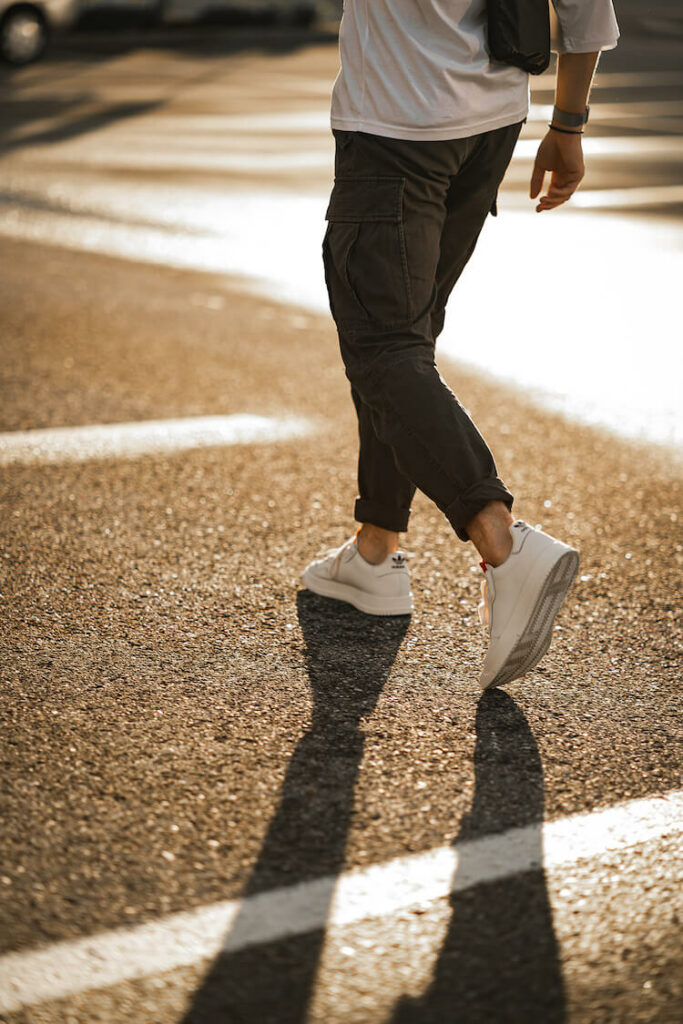
When you feel yourself getting anxious, it can be hard to remain in control. The worst thing about anxiety is that it can seem like there’s no way out. However, there are many ways you can find anxiety relief without taking medicine. Let’s talk about how to reduce anxiety through walking.
Many people are becoming more aware of the importance of healing both their mind and body. Walk + talk therapy is a new form of integrative mental health treatment that involves walking while talking to a therapist. This type of therapy can be very beneficial for some, as it does not rely on the power of words alone. The process often helps individuals uncover patterns or difficult situations in their lives to understand better how it affects their present mental state.
What is Anxiety?
Anxiety is a feeling of apprehension, stress, and unease that can be caused by many factors ranging from stress to external stimuli. Unlike fear, anxiety is difficult to pinpoint the exact cause for why one feels anxious. Anxiety can negatively affect cognitive ability, physical well-being, and social life by creating a general sense of discomfort both physically and psychologically.

The Anxiety Cycle and How it Affects You
The anxiety cycle is a loop that triggers the body’s fight-or-flight instinct, which then creates the physical sensations that characterize both anxiety and panic. The cycle can be triggered by internal or external stimuli, including trauma memories, other people’s distress, certain situations, negative thoughts, physical sensations of fear (such as sweating), and hyperventilation.
Stage 1: Activation/Anticipation – The first stage of the anxiety cycle is anticipation. You think about the event(s) or situation that will make you feel anxious.
Stage 2: Resistance – The resistance stage is characterized by an intense feeling of “I can’t do this, I don’t know how to do this, I can’t believe I have to do this.” This is the point in the process when people actively engage in thoughts of avoidance or escape from their anxiety. Your body becomes activated.
Stage 3: Exhaustion – A person may experience symptoms such as fatigue, trouble concentrating, and feeling overwhelmed or irritable.
Stage 4: Submission – The submission stage of anxiety is characterized by a persistent and intense desire to avoid the object or situation that produces this anxiety. This can be manifested as avoidant behavior, both conscious and unconscious. The sufferer will feel a sense of relief when they either leave the environment or prevent themselves from experiencing the situation. That relief can be so great that the sufferer does not even consider the issue; They’re so focused on avoiding the pain. This cycle might provide relief. But it also means anxiety won and probably stopped you from doing something meaningful.


How Walking Helps Anxiety:
The amygdala is the part of your brain where anxiety lives. It has been with humankind since we first appeared on the planet. It’s closely tied to the part of the brain that influences everyday decision-making (the frontal lobe). The thing about the amygdala is that it’s skilled at doing one thing – protecting us. It’s our alarm bell for fight, flight, freeze.
So, how does walking help calm anxiety and activate the amygdala? First, let’s look at the anatomy of the amygdala. The amygdala is the part of our brain that regulates our fear response. In fact, it’s the only brain structure that controls all our emotions, from fear, to anger, to love. Walking gets us out of our head into the present moment; it allows us to feel grounded and connected. Navigating an obstacle requires the frontal brain to engage and recognize what’s in front of us, such as a pebble that might throw us into disarray. The frontal lobe also helps us observe our present moment, often bringing in our five senses:
- Experiencing the wind on our faces.
- The smell of the flowers or trees.
- The sound of the birds.
- Tasting the air.
- And if we are lucky, a glimpse of a meme-worthy baby, puppy, or kitty.
Walking brings increased attention to our entire body and to our present moment. When our frontal lobe is engaged, we can discern our thoughts and begin looking for solutions.
Walking helps anxiety because it brings us back to the present moment using our mind + body. This is important because our attention is directed towards our thoughts and not to what’s happening now when we are anxious. It’s essential to find time for yourself and try to get into the present moment. This is not always easy, but it’s possible.
MUV Counseling is a Scottsdale counseling center offering innovative forms of anxiety counseling, including walk + talk therapy. If you are looking to manage anxiety, build coping skills, and reduce stress, please don’t hesitate to call or message us. We’d love to help.




